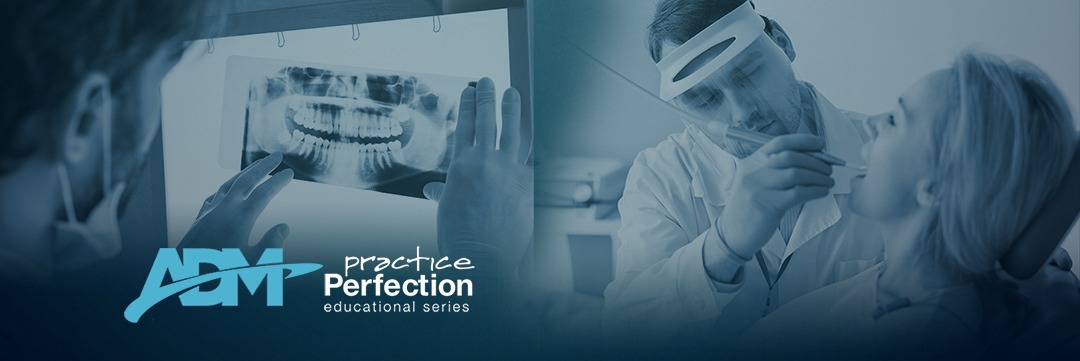Epigenetic Orthodontics – Gene-Derived Facial & Dental Aesthetics, is the topic of a presentation delivered by Dr. Martha Cortés that I was honored to host at www.PracticePerfection.com.
Dr. Cortes is a general and cosmetic dentist, as well as one of the very few fully certified neuromuscular dentists and fellows from the prestigious Las Vegas Institute. She is also a fellow and master of the International College of Cranio-Mandibular Orthopedics. Dr. Cortes was the first certified provider and instructor of the Epigenetic orthodontic program for the DNA Appliance ™ in the United States. She is past president of the American Academy of Cosmetic Dentistry-New York Chapter, and past chair of the international AACD and a fellow of the American Society for Laser Medicine and Surgery. She is also an accredited member of the American Society of Dental Aesthetics and a diplomate of the American Board of Aesthetic Dentistry.
Her professional affiliations, honors, published works, and executive and faculty positions are too voluminous to list here. Those who are interested may learn more at her website www.CortesAdvancedDentistry.com
Epigenetic orthodontics uses a person’s natural genes to correct and straighten the teeth and jaws painlessly using biomimetic appliances. It is aimed at the overall health of the craniofacial region by providing appropriate treatment protocols that address the underlying etiology of signs and symptoms of malocclusions.
Changing the bite affects the spatial relations of the opposing teeth, which have lost their normal occlusal contacts. These changes are detected by mechanoreceptors in the periodontium and periosteal cells. Consequently, remodeling occurs due to signal transduction, in accord with the Spatial Matrix Hypothesis (put forth in 2004 by David Singh . another PracticePerfection™ presenter).
Various conditions including head and spinal position impact aesthetics as well as overall health. The use of novel biomimetic appliances can actually alter the current state of the skull and facial features, leading to e.g. the reduction or total elimination of disordered breathing. For this reason and more, we deemed her presentation to be consistent with, and wholly appropriate as a topic for mastery of the oral systemic health model
In attendance were a rather broad cross section of dentists, physicians and team members, which no doubt led to the stimulating Q&A session which followed. Some of the questions posed to Dr. Cortes included:
- What do kissing tonsils & extended uvula indicate to you about your patient?
- If a 15-year-old patient has impacted canine teeth – do you think they can be erupted and positioned correctly without surgery?
- What does a diminished vertical dimension indicate to you about a patient?
This enlightening, stimulating, and truly motivational presentation may be viewed here.
Other Practice Perfection webinars can be viewed here.

